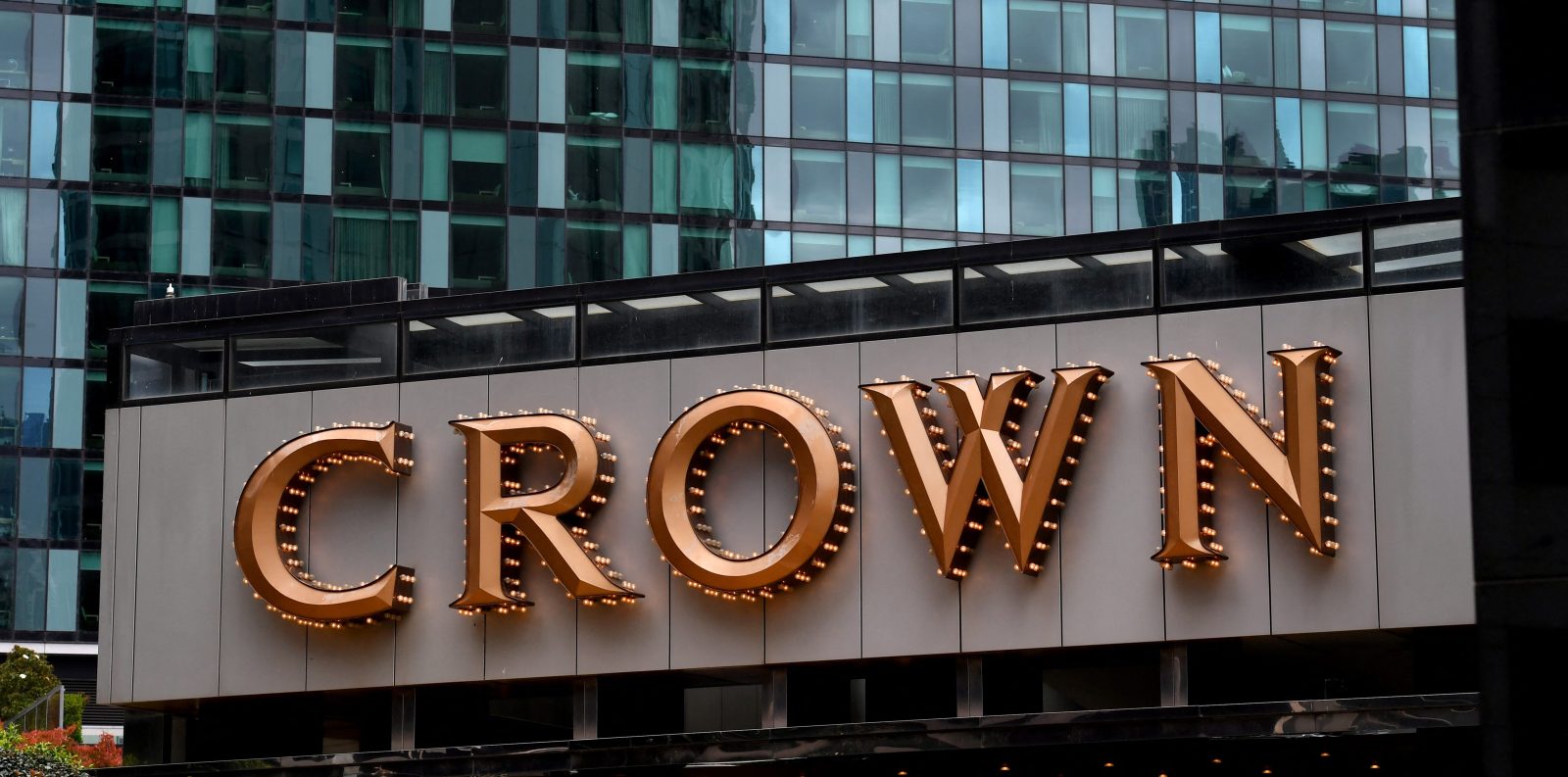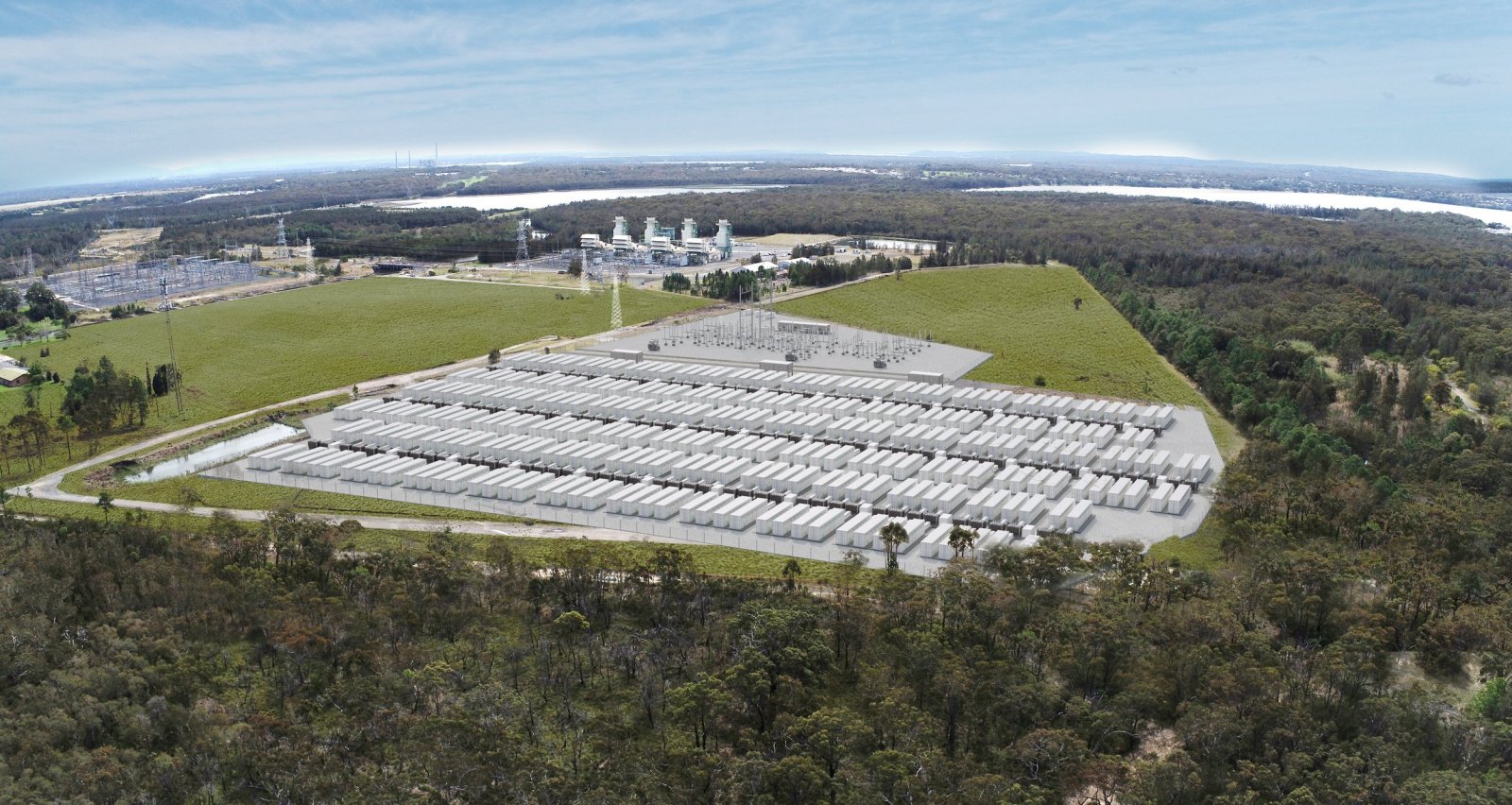Nick Carter spearheaded renewable energy innovation at Toyota, AGL, Tesla, and Macquarie Capital. He is now CEO and co-founder of Akaysha Energy, a homegrown Australian company specialising in large-scale battery storage. Akaysha has 10 GW of energy storage projects in the pipeline – 23% of the capacity needed for Australia to meet 2050 net-zero targets.
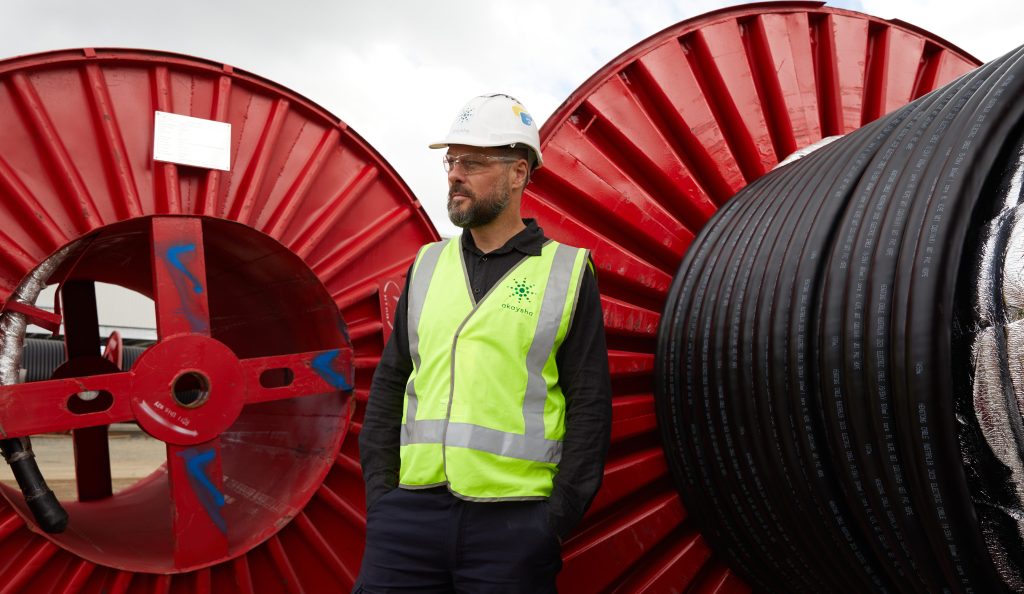
This article was featured in Issue 10 of Forbes Australia. Tap here to secure your copy.
“Australia is leading the world in terms of the speed at which the energy transition is happening,” Nick Carter, the CEO and co-founder of Akaysha tells me at his office in Sydney. “What that means for the grid, and all of the green technologies that have to be applied, we’re actually way ahead of the rest of the world, which is fantastic.”
The work Carter is leading at Akaysha has the potential to accelerate the local economy in terms of jobs and building expertise in renewables, opening the way to export the capacity and knowledge to other countries pushing toward net-zero.
“It’s an infrastructure play, which is world-leading,” says Carter. “This can supercharge the economy, by opening the floodgates to the development and building and commissioning of these systems.”
“Nick is a fantastic example of clever Australian people working hard [and] being supported by governments and by [the] private sector and going on to bigger and better things.”
Darren Miller, ARENA
What sets Akaysha apart from other battery storage companies, is that it tackles projects that can provide power to multiple cities. “Our business model is a little bit different to normal battery developers, we have really made a specialty out of doing very, very large projects.”
One of those projects is the Waratah super battery being built at the site of a former coal-powered energy plant an hour north of Sydney. Akaysha’s Waratah project is expected to open in April 2025 and will allow electricity consumers in Sydney, Newcastle and Wollongong to access additional energy in an emergency.
It can do this because the Waratah super battery will not be set up to provide energy to consumers every day. The Waratah Battery Energy Storage System (BESS) is designed to remain in standby mode and kick in as a ‘shock absorber‘ during lightning strikes and bushfires.
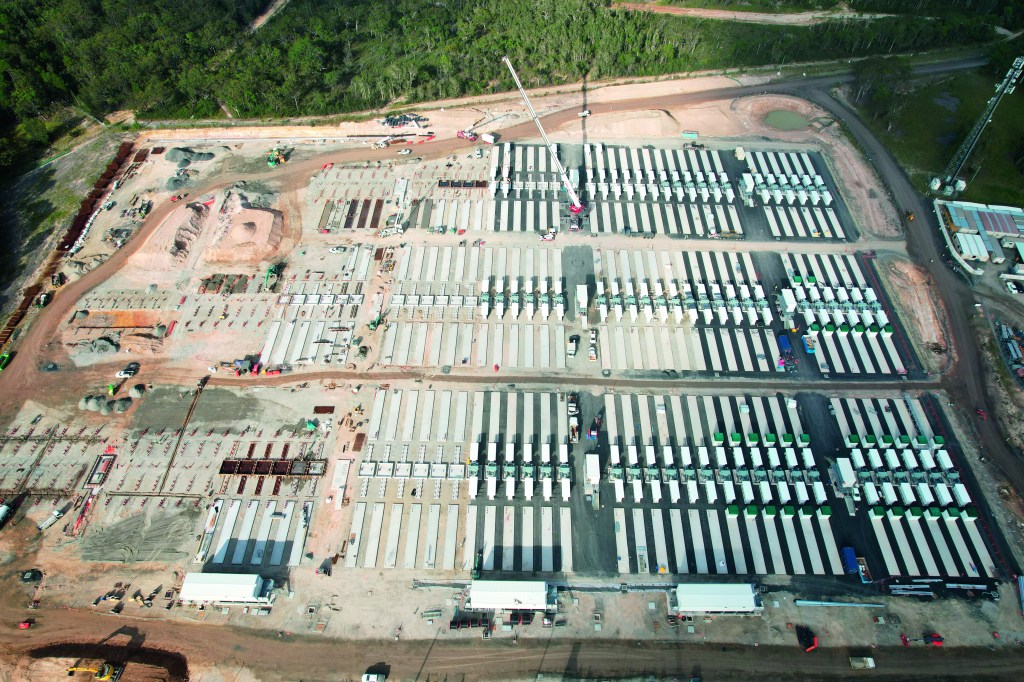
“The control system operated by Transgrid will automatically trigger paired generators in regional NSW to temporarily reduce their output — allowing the BESS to discharge while keeping the power system stable,” documents published by the NSW government disclose.
Waratah is just one of 10 projects that Akaysha has in the works across the country. Its pipeline of BESS will provide 10 gigawatt-hours of energy storage across sites in Queensland, NSW, Victoria, South Australia and Western Australia.
The volatile Australian energy market
Rystad Energy, a global research and intelligence firm, issued a report last year stating that Australia needs to expand its energy storage capacity from its current 2.8 gigawatts to 48 gigawatts, by 2050.
The report discloses that Australia is the most volatile power market out of the 39 studied across the globe.
“Volatility is driven by significant supply issues, including unplanned coal power plant outages or transmission line problems caused by natural disasters such as cyclonic winds or bushfires, which have become more frequent and devastating in recent years,” the report reads.
“Working in Tesla with Elon — it was challenging from a timeframe perspective. He would put quite harsh deadlines on certain things, which is hard for anyone. But the flip side of that is that he is also very, very data, science, and physics-based.”
Nick Carter, Akaysha Energy
David Dixon is a senior analyst at Rystad Energy.
“Volatility can be unsettling for retailers who lack proper hedging strategies and for consumers who bear the brunt of resulting cost fluctuations. To tackle this, Australia should prioritise the enhancement of transmission infrastructure and invest in storage solutions to mitigate the impact of volatility. This will help to create a more stable and affordable electricity market for all Australians,” says Dixon.
The Australian projects announced by Akaysha so far will provide 23% of the capacity needed in 2050. And there is more to come, Carter says.
“Large-scale battery storage is one of the key drivers to enable more and more large-scale renewables. It’s also the driver that starts to push out coal-fired power stations. So that acceleration, which is a pretty big chunk of the energy transition, that’s what gets me out of bed in the morning,” says Carter.
The BlackRock acquisition of Akaysha
BlackRock’s head of Asia Pacific, Charlie Reid, had been looking for a battery storage system in Australia for his firm to invest in when Akaysha came to his attention.
Reid received a call from Paul Curnow, head of energy at the law firm Ashurst who had been working in renewables for 20 years. Akaysha was one of Curnow’s clients.
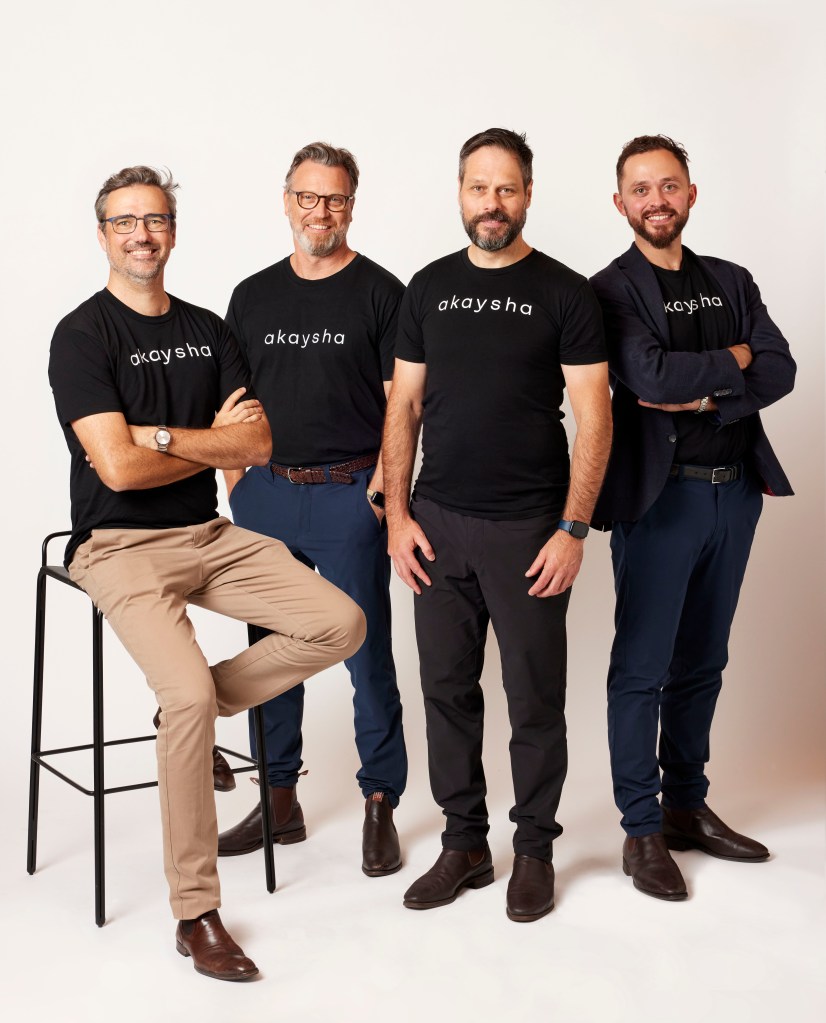
“I told Charlie that I’ve never seen a better team. I have never seen that sort of expertise put together in one company,” Curnow says.
Carter and Reid had their first meeting in March 2022, and by August, BlackRock had acquired Akaysha.
“The acquisition of Akaysha was the opportunity for us to enter into large-scale battery storage – which we see as the critical technology to support the energy transition over the coming years, particularly in Australia and around the world,” Reid says.
From Melbourne to Silicon Valley to South Australia’s big battery
The Melbourne-born engineer worked with General Motors and Toyota on environmental policy before joining AGL. He then went to Tesla, where he worked on the world’s first big battery at the Hornsdale Power Reserve in South Australia. His role at Tesla also took Carter to Silicon Valley where he worked closely with Elon Musk.
“Working in Tesla with Elon — it was challenging from a timeframe perspective. He would put quite harsh deadlines on certain things, which is hard for anyone. But the flip side of that is that he is also very, very data, science, and physics-based,” says Carter.
“If you make an argument that’s based in logic and physics, then usually you can have quite a good conversation and get things done. It was challenging, but I adapted quite well to that space and really enjoyed working there.”
Australia needs to expand its energy storage capacity from its current 2.8 gigawatts to 48 gigawatts, by 2050.
Rystad Energy report
From Tesla, Carter came back to Australia to work at Macquarie Capital. He was tasked with building an internal team focused on battery storage and renewables development. Two years on, he struck out on his own.
“I decided to start Akaysha to effectively accelerate that work and focus purely on very large-scale battery storage only.”
Carter says he chose the name Akaysha because it is indicative of the native roots of the company. “The indigenous wattle plant ‘acacia’ is ubiquitous across Australia. It is green and gold, and is incredibly robust and hardy. The company name is spelled phonetically because some of our early investors were from Asia and Japan, and so it was very easy for them to pronounce.”
Darren Miller, the CEO of the Australian Renewable Energy Agency (ARENA), calls large battery storage ‘transformative.’
“Nick was the key person involved in one of our very earliest batteries, the Gannawarra battery in Victoria in 2018,” Miller says. “Nick is a fantastic example of clever Australian people working hard [and] being supported by governments and by [the] private sector and going on to bigger and better things.”
The expertise Carter developed on the Gannawarra battery project is valued highly by ARENA.
“He led key innovation in grid-connected batteries and shared the metering infrastructure between the battery, the solar farms, and the grid. He made that knowledge available through ARENA’s knowledge-sharing program, and it’s become really valuable for the industry.”
Tapping into global net-zero targets
Looking forward, Carter says Akaysha intends to expand its footprint in Asia. There are currently offices in Singapore and Tokyo and additional staff will be hired soon. The portfolio in Japan includes between six and eight projects, Carter says.
“We see Japan as having quite a lot of similarities to Australia. It is an island, their renewable penetration is increasing rapidly — rooftop solar in particular. And the need for Japan to decarbonize and increase energy independence is really important. It’s a very large market and both BlackRock and Akaysha have a lot of historical connections with various banks and other people there.”

Growth across Southeast Asia is also on the horizon.
“We would love to grow the pipeline in Japan, but also South Korea, Taiwan, the Philippines, Indonesia. All the way around to New Zealand, on top of Australia, and then in the States,” says Carter.
Carter’s U.S. ambitions are aided by its parent company Blackrock being headquartered there, and the large number of coal power plants present in the country.
“I would love to be one of the biggest storage developers in the US. They have a lot of thermal coal generators that need to close and huge renewables targets as well. It is a huge market, analogous to Australia and we can use our knowledge there very effectively.”
“The indigenous wattle plant ‘acacia’ is ubiquitous across Australia. It is green and gold, and is incredibly robust and hardy.”
Nick Carter, Akaysha Energy
The knowledge that Akaysha is building domestically is because of the strength and innovation of the team according to Carter.
“We bring together some very unique skill sets to one package. We do all of our internal modeling and forecasting on energy prices in Australia and other markets. We have a very strong investments team which all come from banking and related backgrounds. Super strong engineering team. Very strong development and delivery team and an asset management team as well.”
And that sets Akaysha, and Australia, up very well for the future.
“The transition that’s happening now is going to take 40 or 50 years, and there’s just a huge amount of stuff that needs to happen across the grid – in Australia and overseas.”
Look back on the week that was with hand-picked articles from Australia and around the world. Sign up to the Forbes Australia newsletter here or become a member here.

